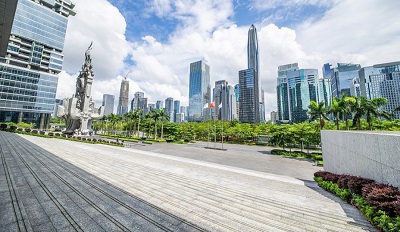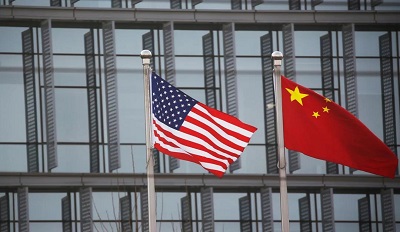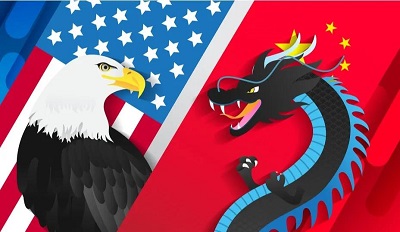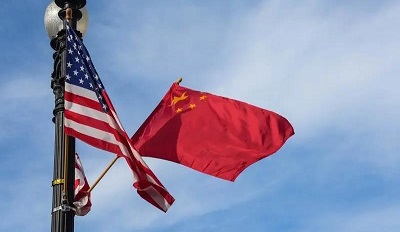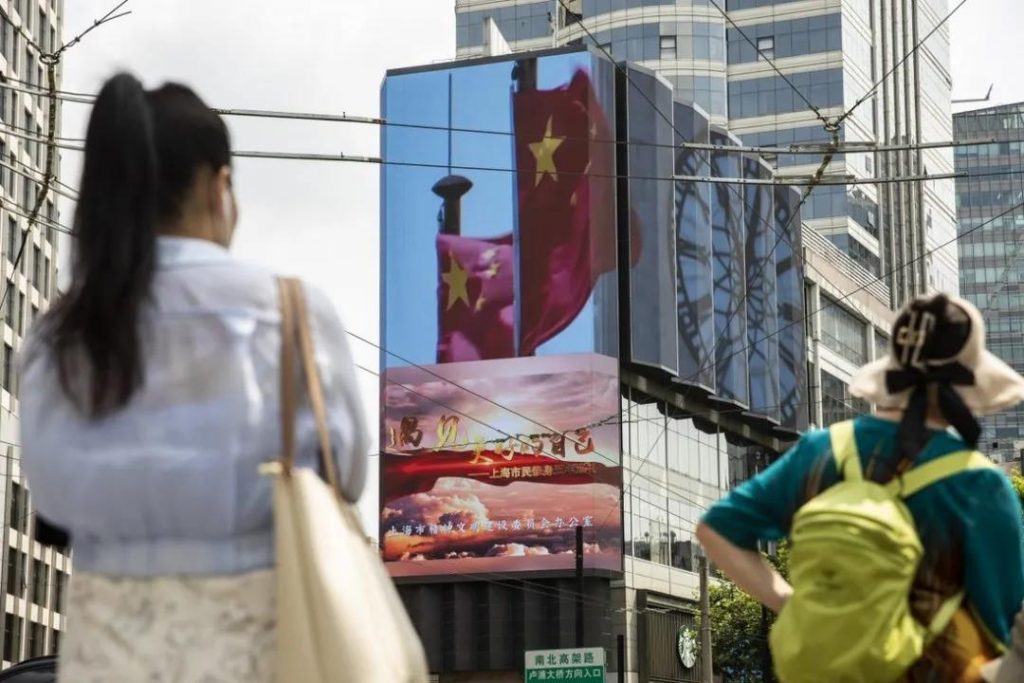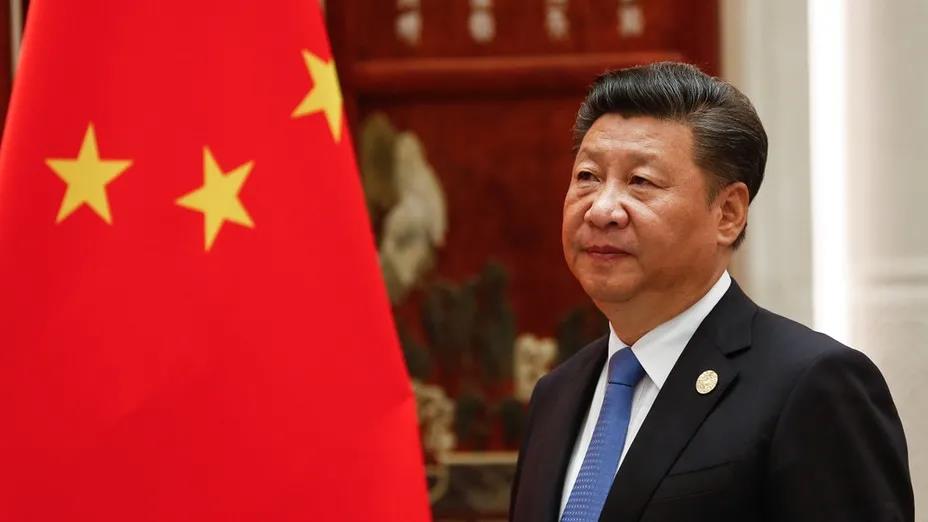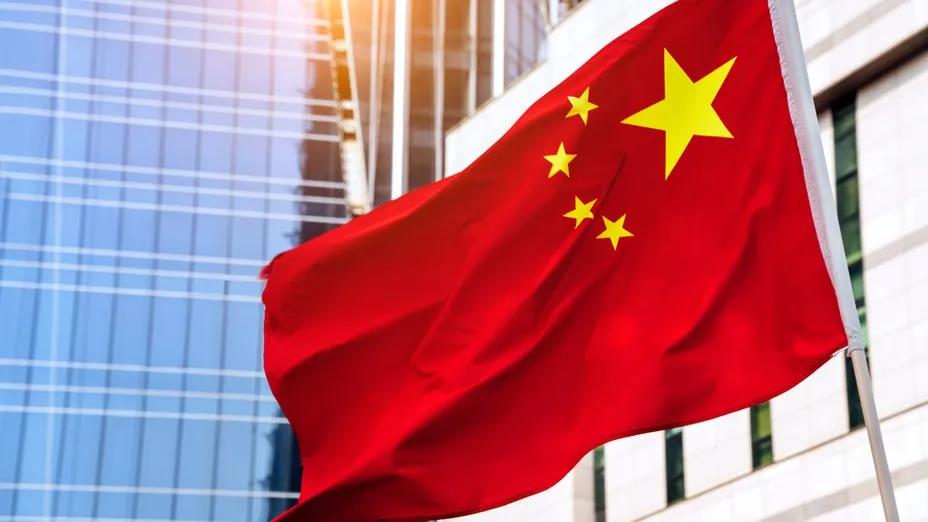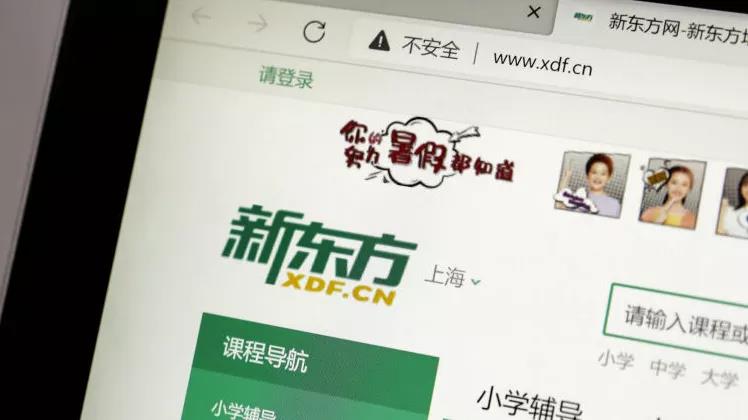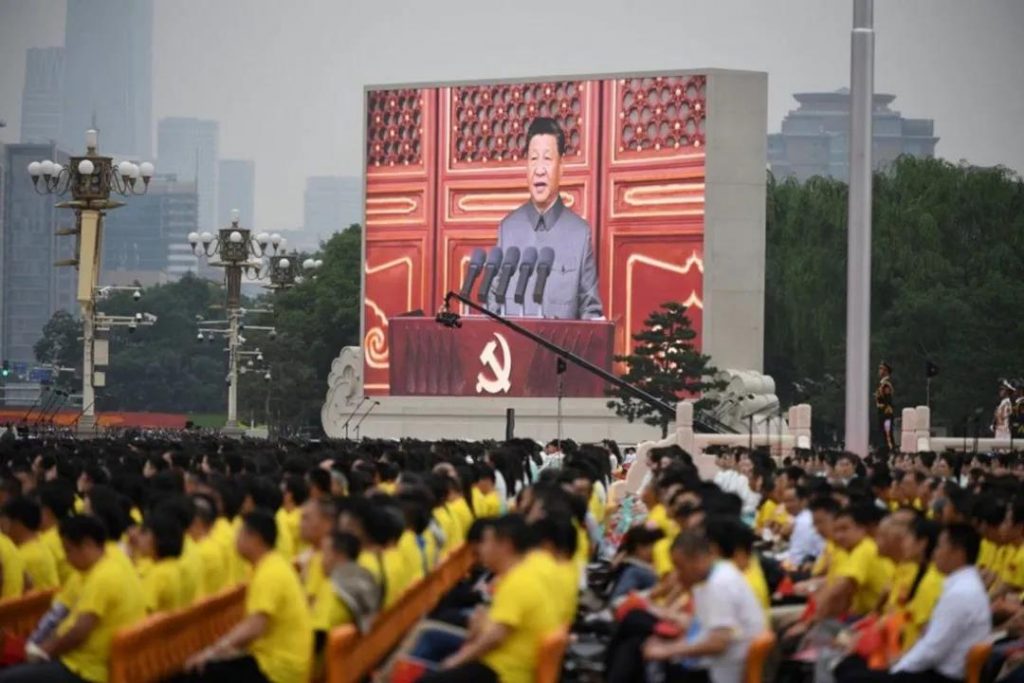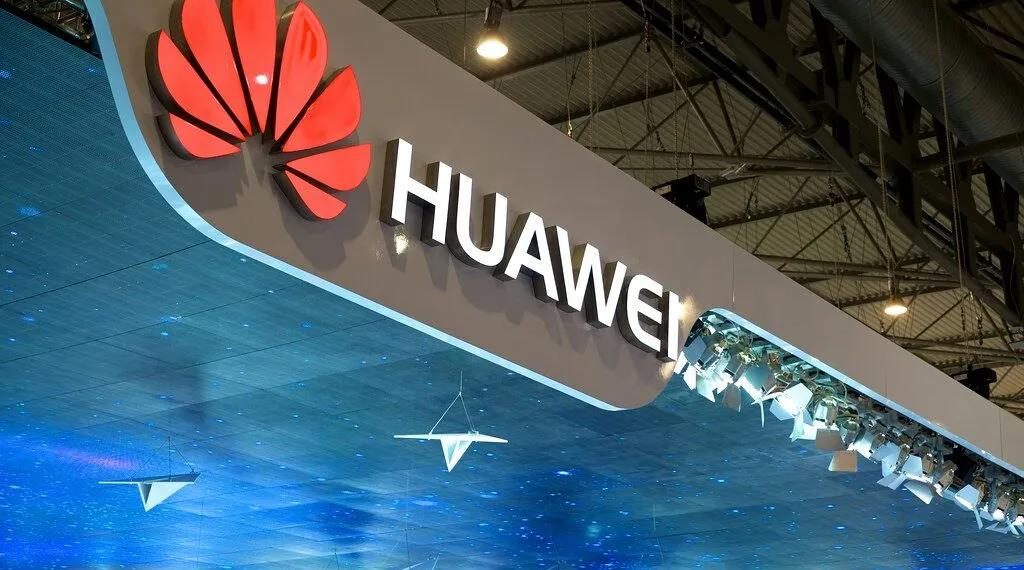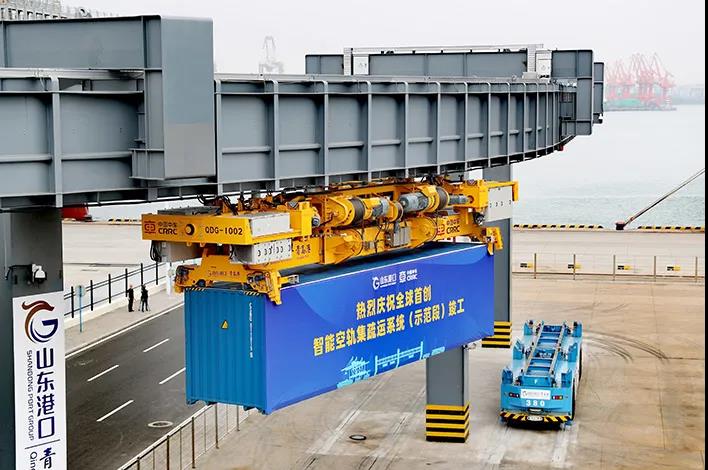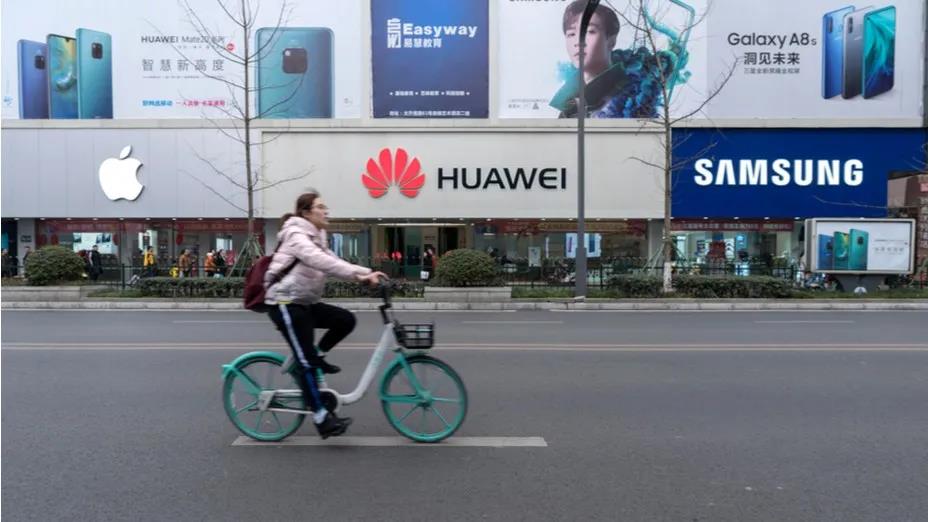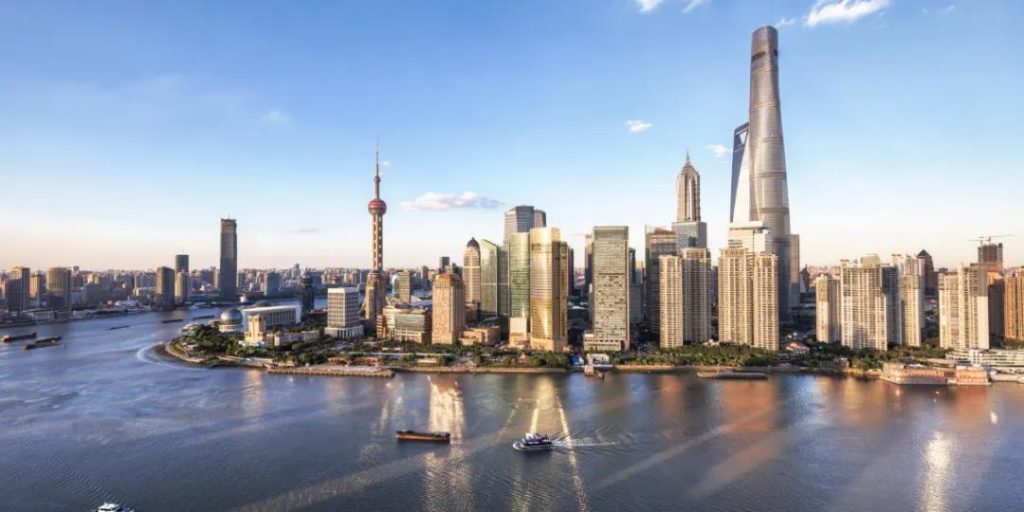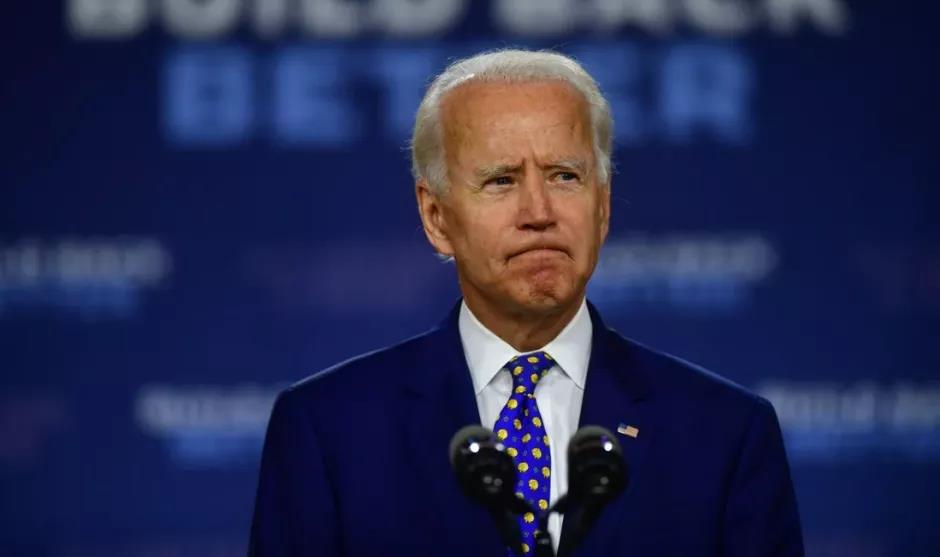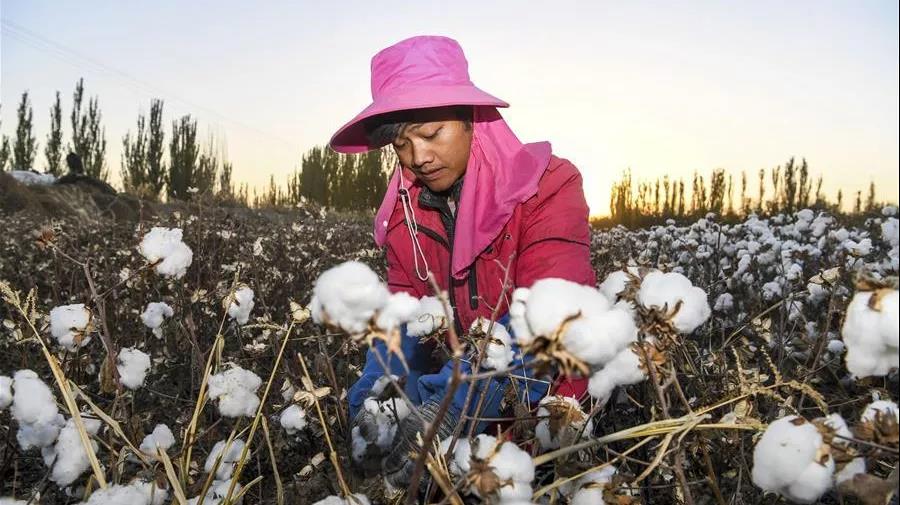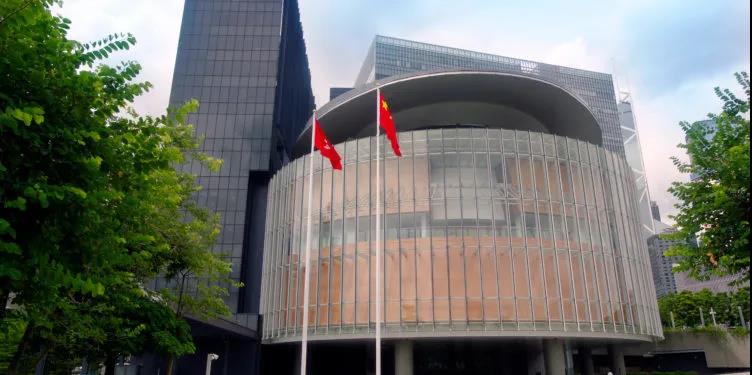
By Edward Tse
Originally published on South China Morning Post with title “How China Became a Land of Inspiration and Innovation for Foreign Investors” on February 8, 2021. All rights reserved.
Last year marked the first year in which China took the position of top foreign investment destination from the United States. According to Unctad, foreign direct investment (FDI) in the US fell to US$134 billion in 2020, a decline of 49 per cent. Meanwhile, FDI in China rose by 4 per cent to US$163 billion.
Some observers have said the drop of FDI in the US was because of Covid-19, implying it would rebound as soon as the pandemic stabilises. At the same time, the renewal of economic growth in China, aided by its quick recovery from the pandemic, has helped foreign investment soar. China was the only major economy that managed to grow in 2020, expanding by 2.3 per cent.
Under former US president Donald Trump, the US pressured China on multiple fronts: the trade war, the US-China technology divide, threats of economic decoupling, attempts to ban TikTok and WeChat, and more. However, these measures were not enough to deter the resilient Chinese economy.
This resilience is a result of China’s governance model, combining efficient top-down planning by the central government with a dynamic and innovative entrepreneur class. Local governments provide a glue between these two as they implement the central government’s policies.
The effectiveness of this approach is further buttressed by China’s dual-enterprise structure. State-owned enterprises bear much social responsibility, undertaking major initiatives such as key infrastructure projects which provide the foundation on which private enterprises can innovate and grow.
This development approach is experimental in nature as China continues to seek ways to reform and deregulate. Simultaneously, China continues to embrace multilateralism and globalisation, both of which underpin the positive development of the global economy and humanity. While the Trump administration embraced protectionism, China continues to deregulate and open up market access to foreign companies.
For example, the policy requiring foreign carmakers to form joint ventures with Chinese companies has been abolished, and they can now form wholly owned operations in China. Tesla took advantage of this change and built its state-of-the-art gigafactory in Shanghai.
In a similar vein, Volkswagen raised its stake in its joint venture with local partner JAC Motors to 75 per cent. Volkswagen CEO Herbert Diess told China Daily, “For me, it is easier to invest in China than China is allowed to invest in Germany or some other places.”
Perhaps the largest impact has been in financial services. BlackRock has approval to set up a wholly owned asset management business in China, while Vanguard is planning to move its Asia headquarters to Shanghai. Earlier this month, PayPal became the first third-party payment platform with 100 per cent foreign ownership in China. Goldman Sachs has taken full ownership of its Chinese joint venture partner, and JPMorgan did the same last November.
For foreign investors, China has become a destination for inspiration and innovation. It is a key source of their competitive advantage globally, especially in terms of supply chains and business model extensions. China’s supply chain resilience is demonstrated by its impressive 3.6 per cent export growth in 2020, an improvement over 2019’s 0.5 per cent, according to Chinese customs data.
China’s digital innovations are also developing at unprecedented speed, enabled by disruptive technologies such as artificial intelligence, cloud computing and big data analytics. They are affecting all walks of life. In China’s automotive sector, for example, new energy vehicles, connectivity and autonomous driving are all driving major changes in hardware as well as software and innovations in business models.
Behind this is the vast digital infrastructure the Chinese government is building, which is a key aspect that local and foreign players should be leveraging. For example, auto players can leverage the “vehicle to everything” capabilities that are built into the digital infrastructure in their design of connected, intelligent vehicles in China.
Similar innovations are emerging in service models, improving customer experience, increasing asset utilisation, generating more customer stickiness and driving transformational changes in value chains. In consumer-facing sectors, social commerce has manifested most prominently in China. Key opinion leaders build connectivity with followers through sharing their expertise in written posts or video formats, creating powerful social interactions with consumers.
The entire shopping experience is being revolutionised. Apps such as Douyin, Bilibili and Kuaishou are very popular in China. Foreign and local businesses are catching up on the innovations involved to generate more sales and build brand affinity.
Companies around the world are beginning to adapt their business models after the Chinese example. Examples include Konga.com, which has been called the “Alibaba of Nigeria”, and South Korea’s KakaoPay, a mobile payment service similar to Alipay.
Even Western companies are following suit. The global popularity of TikTok has led to Facebook trying to copy it more than once with the failed Lasso and the new Instagram Reels feature. In fact, it is the entire “super app” business model popularised in China that Facebook is attempting to mimic as it attempts to buy out new competitors and keep users in its ecosystem.
Foreign multinationals are coming to the realisation that China is not simply a market where profit can be made. It is increasingly a place where new knowledge and competitive advantage for companies can be obtained.
No matter what happens to FDI in the US, barring some unforeseen black swan events, FDI in China should continue to increase.
Perhaps the largest impact has been in financial services. BlackRock has approval to set up a wholly owned asset management business in China, while Vanguard is planning to move its Asia headquarters to Shanghai. Earlier this month, PayPal became the first third-party payment platform with 100 per cent foreign ownership in China. Goldman Sachs has taken full ownership of its Chinese joint venture partner, and JPMorgan did the same last November.
For foreign investors, China has become a destination for inspiration and innovation. It is a key source of their competitive advantage globally, especially in terms of supply chains and business model extensions. China’s supply chain resilience is demonstrated by its impressive 3.6 per cent export growth in 2020, an improvement over 2019’s 0.5 per cent, according to Chinese customs data.
China’s digital innovations are also developing at unprecedented speed, enabled by disruptive technologies such as artificial intelligence, cloud computing and big data analytics. They are affecting all walks of life. In China’s automotive sector, for example, new energy vehicles, connectivity and autonomous driving are all driving major changes in hardware as well as software and innovations in business models.
Behind this is the vast digital infrastructure the Chinese government is building, which is a key aspect that local and foreign players should be leveraging. For example, auto players can leverage the “vehicle to everything” capabilities that are built into the digital infrastructure in their design of connected, intelligent vehicles in China.
Similar innovations are emerging in service models, improving customer experience, increasing asset utilisation, generating more customer stickiness and driving transformational changes in value chains. In consumer-facing sectors, social commerce has manifested most prominently in China. Key opinion leaders build connectivity with followers through sharing their expertise in written posts or video formats, creating powerful social interactions with consumers.
The entire shopping experience is being revolutionised. Apps such as Douyin, Bilibili and Kuaishou are very popular in China. Foreign and local businesses are catching up on the innovations involved to generate more sales and build brand affinity.
Companies around the world are beginning to adapt their business models after the Chinese example. Examples include Konga.com, which has been called the “Alibaba of Nigeria”, and South Korea’s KakaoPay, a mobile payment service similar to Alipay.
Even Western companies are following suit. The global popularity of TikTok has led to Facebook trying to copy it more than once with the failed Lasso and the new Instagram Reels feature. In fact, it is the entire “super app” business model popularised in China that Facebook is attempting to mimic as it attempts to buy out new competitors and keep users in its ecosystem.
Foreign multinationals are coming to the realisation that China is not simply a market where profit can be made. It is increasingly a place where new knowledge and competitive advantage for companies can be obtained.
No matter what happens to FDI in the US, barring some unforeseen black swan events, FDI in China should continue to increase.
